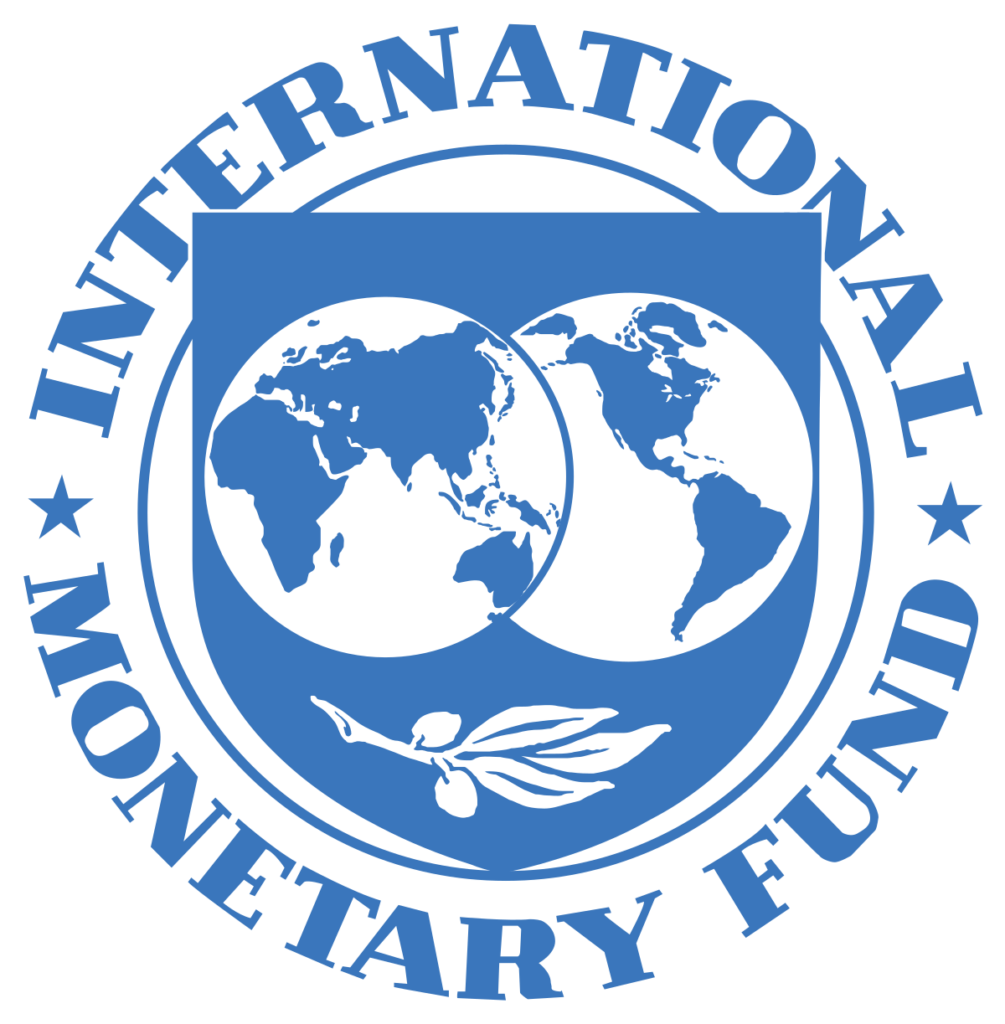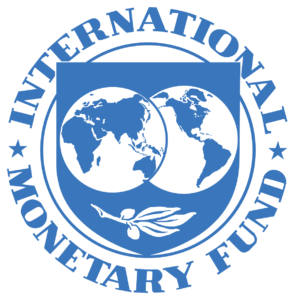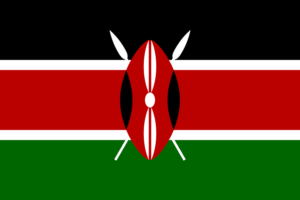According to the latest statistical estimates by the International Monetary Fund (IMF) Kenya’s economy is expected to reach the 10.1 trillion Kenyan Shillings mark this year.
This will be the East African nation’s largest absolute expansion in recent times, with its gross domestic product (GDP) estimated to increase by 1.1 trillion Kenyan Shillings from 9 trillion Kenyan Shillings in 2018.
In terms of percentages, Kenya’s growth this year is estimated reach 5.83 percent, a slight decrease from 5.95 percent last year.
If the IMF projections come to fruition, Business Daily Africa says Kenya’s economy could grow to 15.7 trillion Kenyan Shillings by 2023. This is because the country aims to start exporting Oil commercially by 2022, a move which is expected to boost the GDP considerably.
What this means, is better prospects for expansion of earnings from labor, investment opportunities, jobs, and the delivery of quality social services by the government.
Analysts however, say the government needs to incorporate macroeconomic stability in order to maintain the growth momentum.
Read Also : Netflix Rival Disney Plus, Set For November 12th 2019 Launch
Speaking with Business Daily Africa Robert Bunyi, an investment analyst said “We need low inflation, predictable interest rates and an environment of policy stability to attract private sector investment,”.
He added that any investment by the government has got to be facilitative of investments by the private sector.
Robert Bunyi also said, the major risks facing the country are rising public debt and high unemployment, especially among the youth.
Kenya’s net debt, which has sparked debate over its sustainability, is estimated to stand at 5.2 trillion Kenyan Shillings this year (2019), compared to 4.6 trillion Kenyan Shillings in 2018.
Me. Bunyi further said “Massive increases of public debt from where we are will have a negative impact in terms of taxes and interest rates,”.
Investments
Kenya’s current economic growth is being fuelled by huge investments done by the government and the private sector as a result of the favourable macroeconomic environment that also includes a low inflation rate and a controlled interest rate.
The government also continues to invest heavily in infrastructure and energy projects, including roads and the Standard Gauge Railway (SGR).
A substantial part of private sector investment is also being channelled into real estate.
IMF’s growth estimates are based on the current market prices using exchange rates prevailing between January 14 to February 11.
The IMF also relies on several assumptions, like established policies of national authorities being maintained and the average price of oil staying at $59.16 (5,975.19 Kenyan Shillings) a barrel in 2019 and $59.02 (5,961.05 Kenyan Shillings) a barrel in 2020, and remaining unchanged in real terms over the next few years.
Kenya’s economy is also expected to remain dominant in the region, staying ahead of its rivals in terms of overall size and the welfare of the average citizen as expressed in GDP per capita.
Ethiopia’s GDP, which was initially estimated to overtake Kenya’s economy, is now projected to grow 7.7 percent to $90.9 billion (9 trillion Kenyan Shillings) this year.
Uganda is estimated to expand 6.2 percent to $30.3 billion (3 trillion Kenyan Shillings).
Tanzania is estimated to have the lowest growth rate of 3.9 percent to $61 billion (6.1 trillion Kenyan Shillings), a disruption of its recent rapid expansion that has stood at more than 6 percent per annum.





